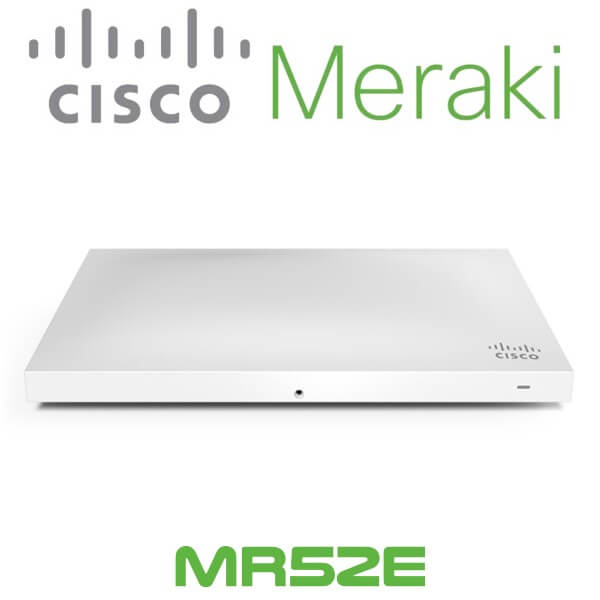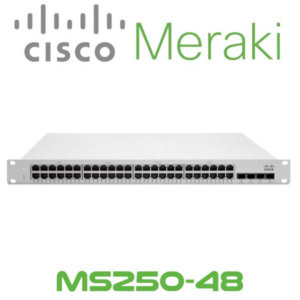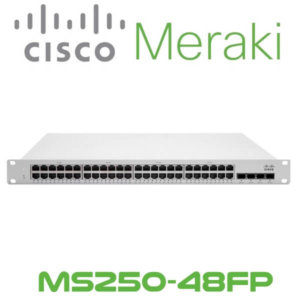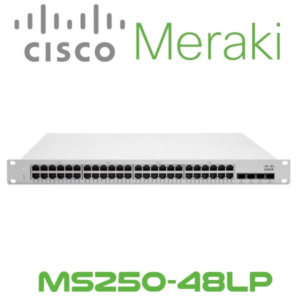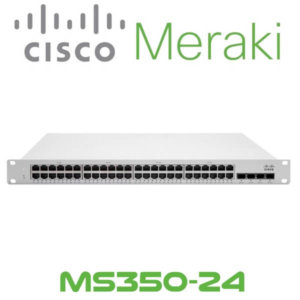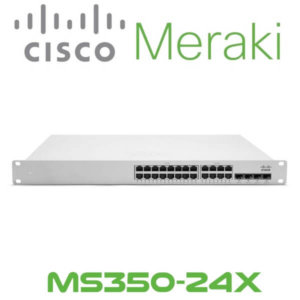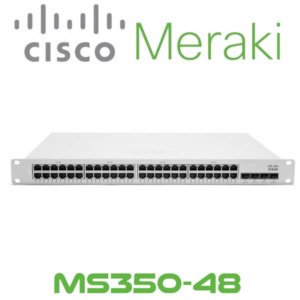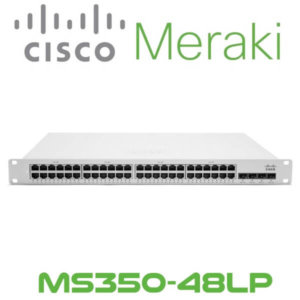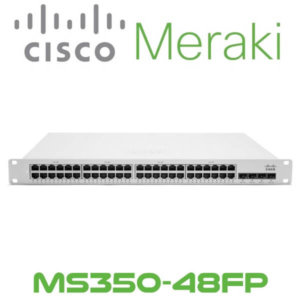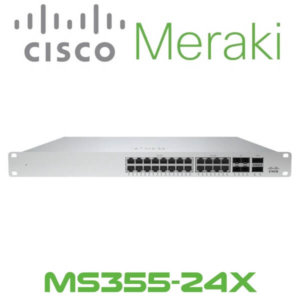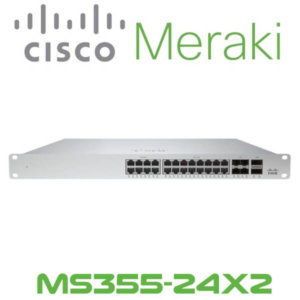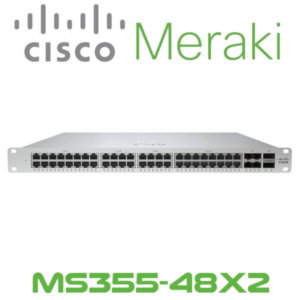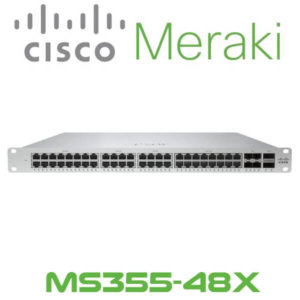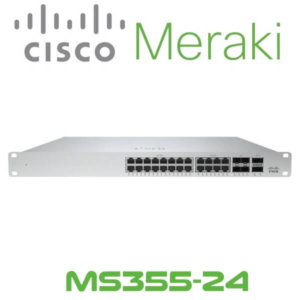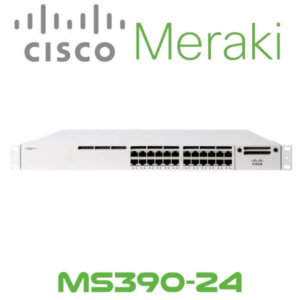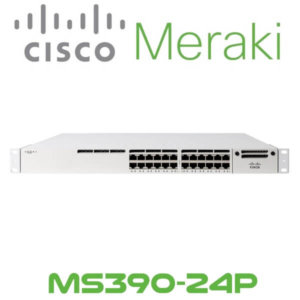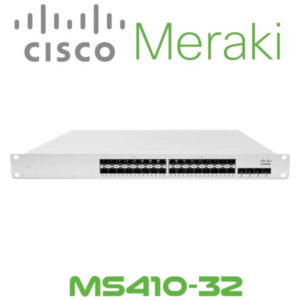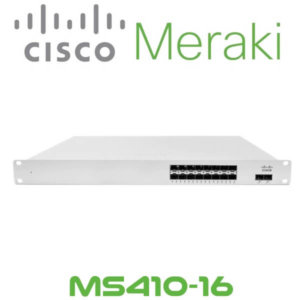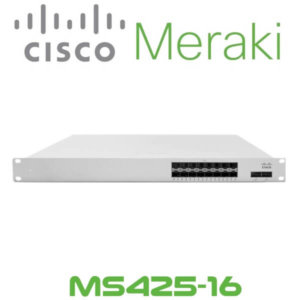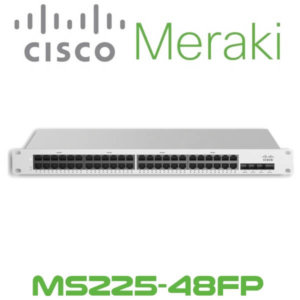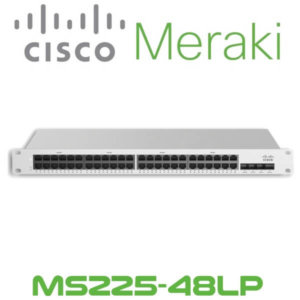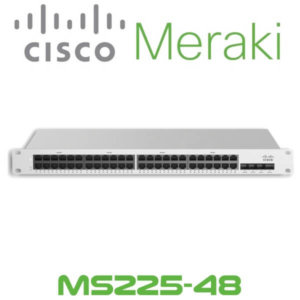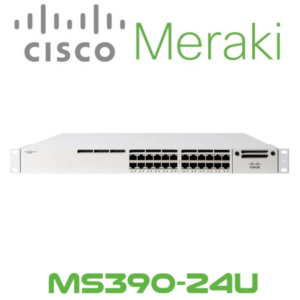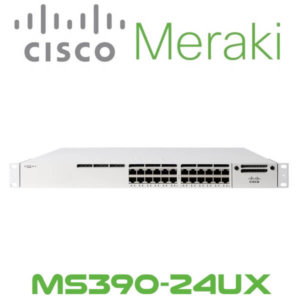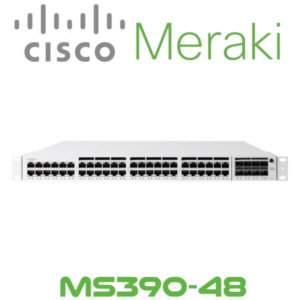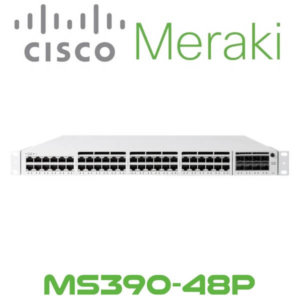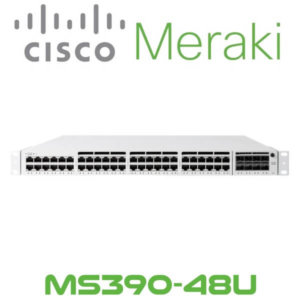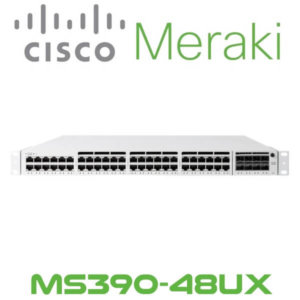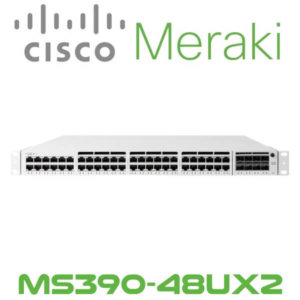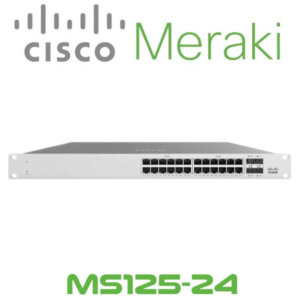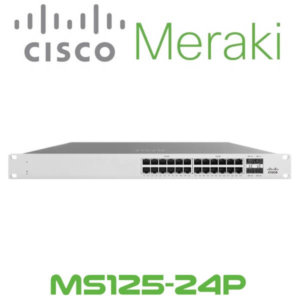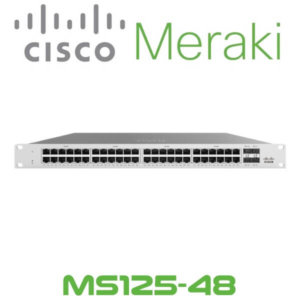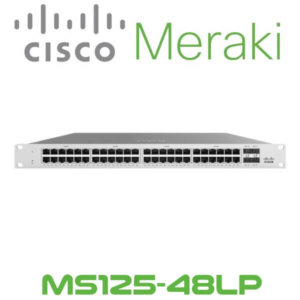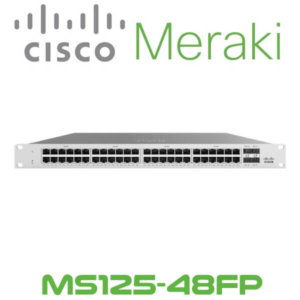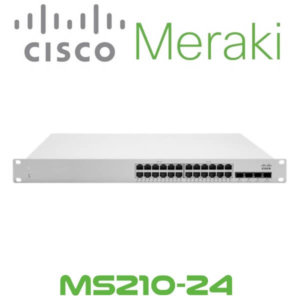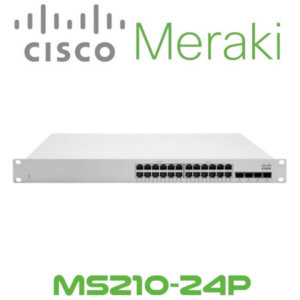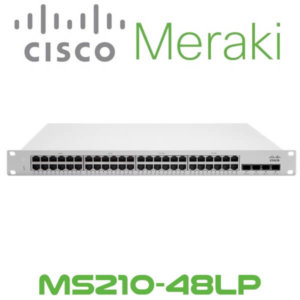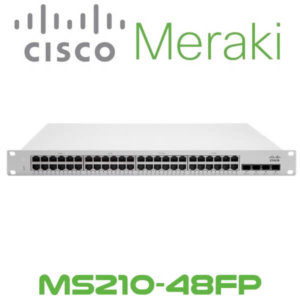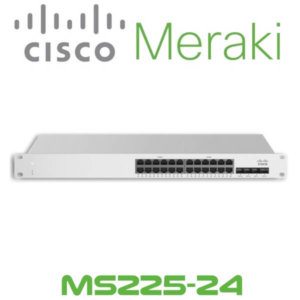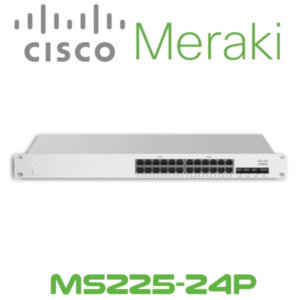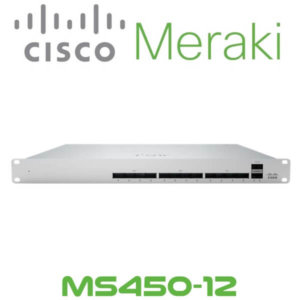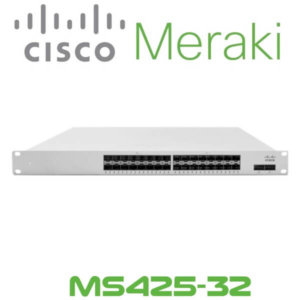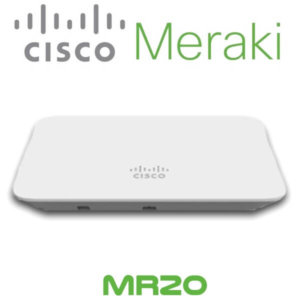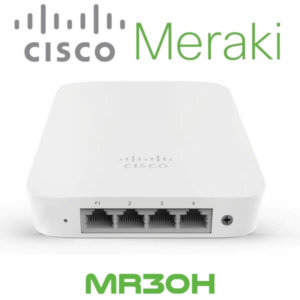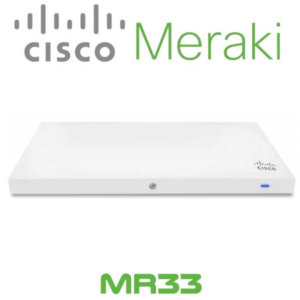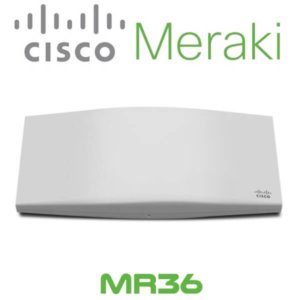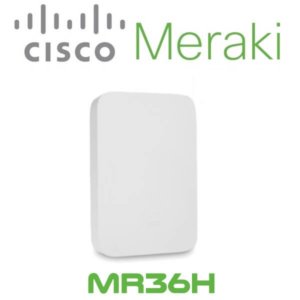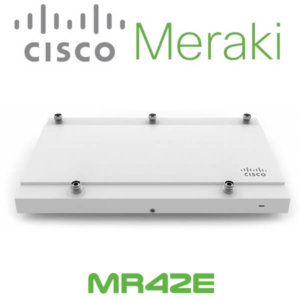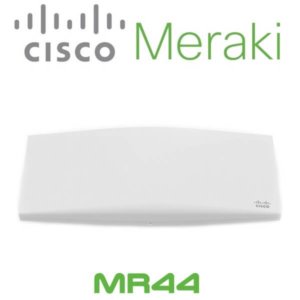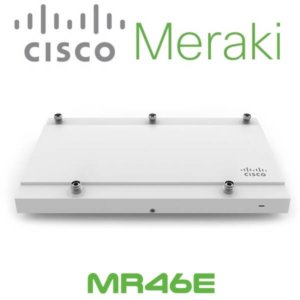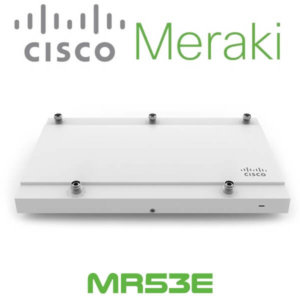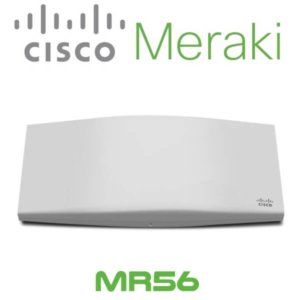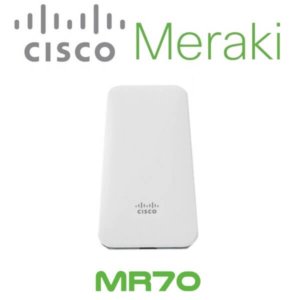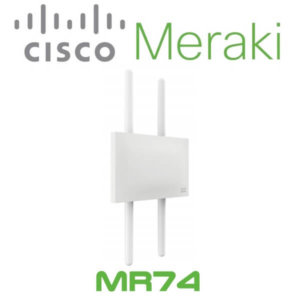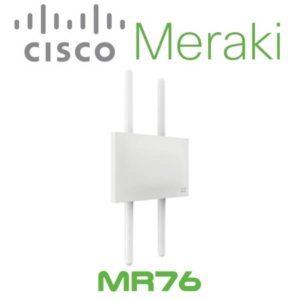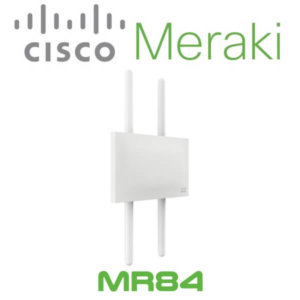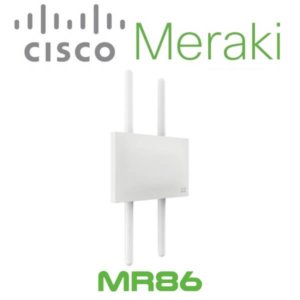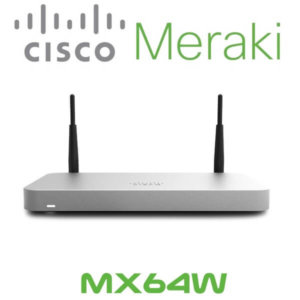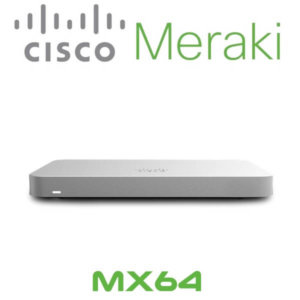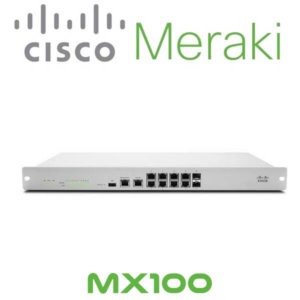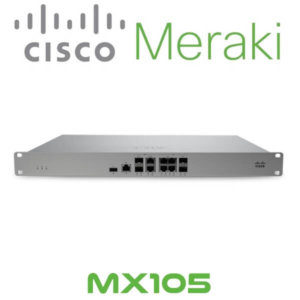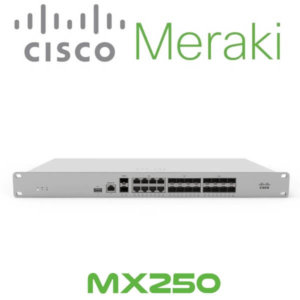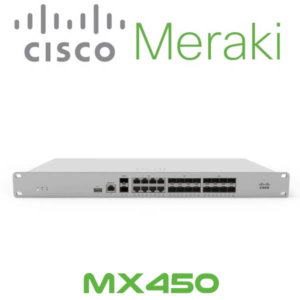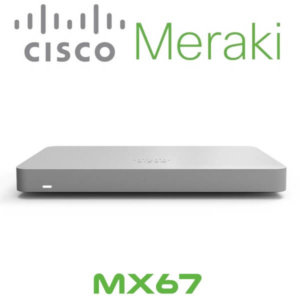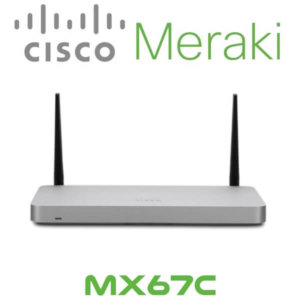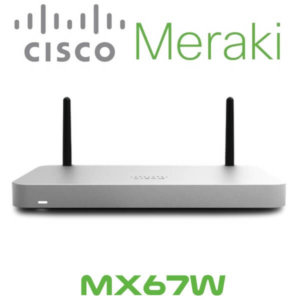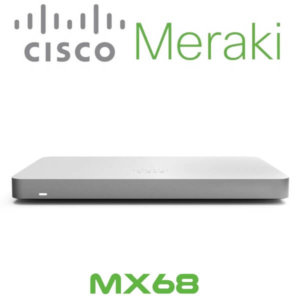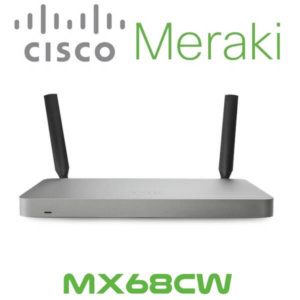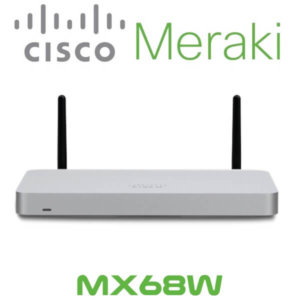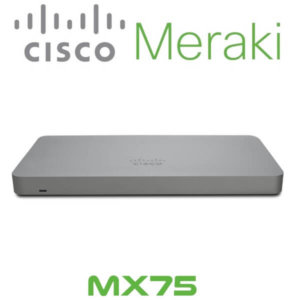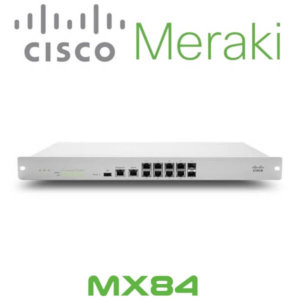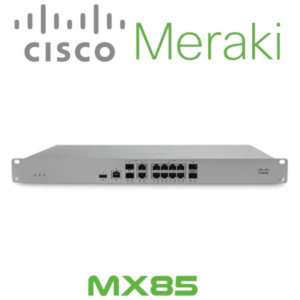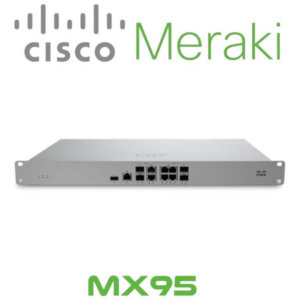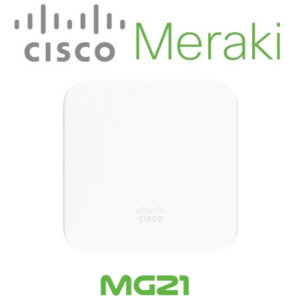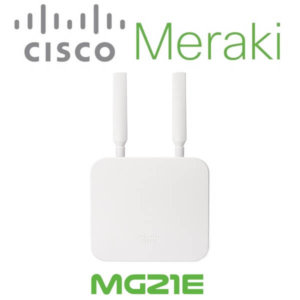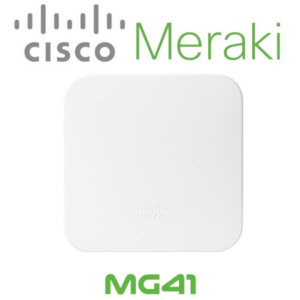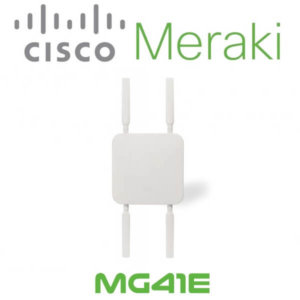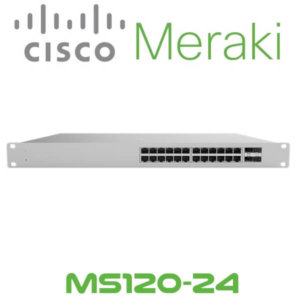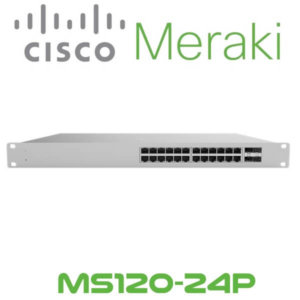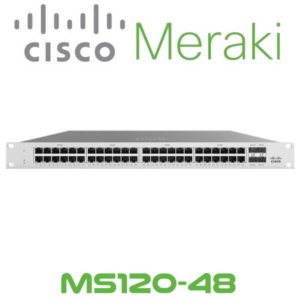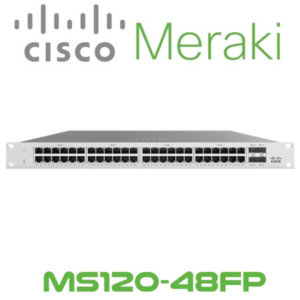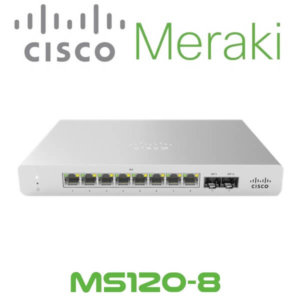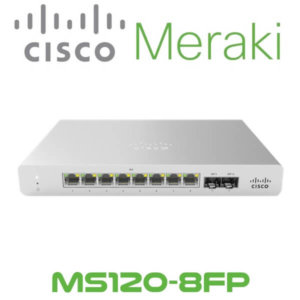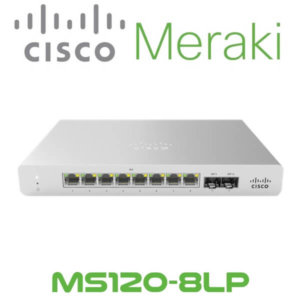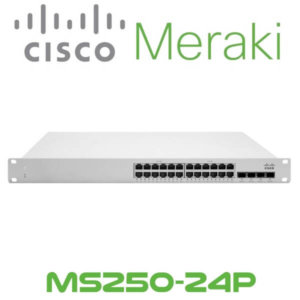Description
Cisco Meraki MR52E 802.11ac Wave 2 Access Point Jeddah
The Cisco Meraki MR52E Jeddah is a cloud-managed 4×4:4 802.11ac Wave 2 access point with 160 MHz channels and MU-MIMO support. Designed for next-generation deployments in offices, schools, hospitals, shops, and hotels, Meraki wifi AP Jeddah offers high performance, enterprise-grade security, and simple management. The MR52E provides a maximum of 2.5 Gbps* aggregate frame rate with concurrent 2.4 GHz and 5 GHz radios. A dedicated third radio provides real-time WIDS/WIPS with automated RF optimization, and a fourth integrated radio delivers Bluetooth Low Energy (BLE) scanning and Beaconing. With the combination of cloud management, high-performance hardware, multiple radios, and advanced software features, Meraki wifi AP Jeddah makes an outstanding platform for the most demanding of uses – including high-density deployments and bandwidth or performance-intensive applications like voice and high-definition video.
MR52E Features
- 4×4 160 MHz MU-MIMO 802.11ac Wave 2
- 5 Gbps dual-radio aggregate frame rate
- 24 x 7 real-time WIPS/WIDS and spectrum analytics via dedicated third radio
- Integrated Bluetooth Low Energy Beacon and scanning radio
- Enhanced transmit power and receive sensitivity
- Full-time Wifi location tracking via dedicated 3rd radio
- Integrated enterprise security and guest access
- Application-aware traffic shaping
- Self-configuring, plug-and-play deployment
- Sleek, low-profile design blends into office environments
- Optimized for voice and video
Dual–radio aggregate frame rate of up to 2.5 Gbps*
Cisco Meraki Jeddah features 5 GHz 4×4:4 radio supporting 80 MHz channel widths and a 2.4 GHz 4×4:4 radio supporting 40 MHz channel widths offer a combined dual–radio aggregate frame rate of 2.5 Gbps*, with up to 1,733 Mbps in the 5 GHz band thanks to 802.11ac Wave 2 and 800 Mbps in the 2.4 GHz band. Technologies like transmit beamforming and enhanced receive sensitivity allow the MR52E to support a higher client density than typical enterprise-class access points, resulting in fewer APs for a given deployment.
Multi User Multiple Input Multiple Output (MU-MIMO)
With support for the 802.11ac Wave 2 standard, Meraki wifi AP Jeddah offers MU-MIMO for more efficient transmission to multiple clients. Especially suited for environments with numerous mobile devices, MU-MIMO enables multiple clients to receive data simultaneously. This increases the total network performance and the improves the end user experience.
Link Aggregation
The two Ethernet uplinks on the Meraki MR52E Jeddah can be configured for link aggregation, which relieve any existing uplink bottlenecks created by 802.11ac Wave 2.
Bluetooth Low Energy Beacon and scanning radio
An integrated fourth radio for Bluetooth Low Energy (BLE) provides seamless deployment of BLE Beacon functionality and effortless visibility of BLE devices. The MR52E enables the next generation of location-aware applications while futureproofing your deployment, ensuring it’s ready for any new customer engagement strategies.
Automatic cloud-based RF optimization
The MR52E’s sophisticated and automated RF optimization means that there is no need for the dedicated hardware and RF expertise typically required to tune a wireless network. The RF data collected by the dedicated third radio is continuously fed back to the Meraki cloud. This data is then used to automatically tune the channel selection, transmit power, and client connection settings for optimal performance under even the most challenging RF conditions.
Integrated enterprise security and guest access
The Cisco wifi Jeddah features integrated, easy-to-use security technologies to provide secure connectivity for employees and guests alike. Advanced security features such as AES hardware-based encryption and WPA2-Enterprise authentication with 802.1X and Active Directory integration provide wire-like security while still being easy to configure. One-click guest isolation provides secure, Internet-only access for visitors. PCI compliance reports check network settings against PCI requirements to simplify secure retail deployments.
Third radio delivers 24×7 wireless security and RF analytics
The MR52E’s dedicated dual-band scanning and security radio continually assesses the environment, characterizing RF interference and containing wireless threats like rogue access points. There’s no need to choose between wireless security, advanced RF analysis, and serving client data – a dedicated third radio means that all functions occur in real-time, without any impact to client traffic or AP throughput.
Enterprise Mobility Management (EMM) & Mobile Device Management (MDM) integration
Meraki Systems Manager natively integrates with the MR52E to offer automatic, context-aware security. You can use Systems Manager’s self-service enrollment to rapidly deploy MDM without installing additional equipment, and then dynamically tie firewall and traffic shaping policies to client posture.
Cisco Meraki MR52E Specification
Radios
- 4 GHz 802.11b/g/n/ac client access radio
- 5 GHz 802.11a/n/ac Wave 2 client access radio
- 4 GHz & 5 GHz dual-band WIDS/WIPS, spectrum analysis, and location analytics radio
- 4 GHz Bluetoth Low Energy (BLE) radio with Beacon and BLE scanning support.
- Concurrent operation of all three radios
Supported frequency bands (country-specific restrictions apply):
- 412-2.484 GHz
- 150-5.250 GHz (UNII-1)
- 250-5.350 GHz (UNII-2)
- 470-5.600, 5.660-5.725 GHz (UNII-2e)
- 1725-5.825 GHz (UNII-3)
Antenna
- Integrated omni-directional antennas (5.5 dBi gain @ 2.4 GHz, 6.2 dBi gain @ 5 GHz)
- Individual antenna elements for each radio
802.11ac Wave 2 and 802.11n Capabilities
- 4 x 4 multiple input, multiple output (MIMO) with four spatial streams
- SU-MIMO and MU-MIMO support
- Maximal ratio combining (MRC) and beamforming
- 20 and 40 MHz channels (802.11n); 20, 40, 80, and 160 MHz channels (802.11ac)
- Up to 256-QAM on both 2.4 GHz and 5 GHz bands
- Packet aggregation
Power
- Power over Ethernet : 37-57 V (802.3at required; functionality-restricted 802.3af mode supported)
- Alternative 12 V DC input
- Power consumption : 21W max (802.3at)
- Power over Ethernet injector and DC adapter sold separately
Interfaces
- 2x 10/100/1000 BASE-T Ethernet (RJ45)
- 1x DC power connector (5.5 mm x 2.5 mm, center positive)
Mounting
- All standard mounting hardware included
- Desktop, ceiling, and wall mount capable
- Ceiling tile rail (9/16, 15/16, or 1 1/2” flush or recessed rails), assorted cable junction boxes
- Bubble level on mounting cradle for accurate horizontal wall mounting
Physical Security
- Two security screw options included
- Kensington lock hard point
- Concealed mount plate with anti-tamper cable bay
Environment
- Operating temperature : 32 °F to 104 °F (0 °C to 40 °C)
- Humidity : 5% to 95%
Physical Dimensions
- 56” x 6.38” x 1.58” (268.2 mm x 162.0 mm x 38.8 mm), not including deskmount feet or mount plate
- Weight : 28.9 oz (820g)
Security
- Integrated Layer 7 firewall with mobile device policy management
- Real-time WIDS/WIPS with alerting and automatic rogue AP containment with Air Marshal
- Flexible guest access with device isolation
- VLAN tagging (802.1Q) and tunneling with IPSec VPN
- PCI compliance reporting
- WEP, WPA, WPA2-PSK, WPA2-Enterprise with 802.1X
- EAP-TLS, EAP-TTLS, EAP-MSCHAPv2, EAP-SIM
- TKIP and AES encryption
- Enterprise Mobility Management (EMM) & Mobile Device Management (MDM) integration
- Cisco ISE integration for guest access and BYOD posturing
Quality of Service
- Advanced Power Save (U-APSD)
- WMM Access Categories with DSCP and 802.1p support
- Layer 7 application traffic identification and shaping
Mobility
- PMK, OKC, and 802.11r for fast Layer 2 roaming
- Distributed or centralized Layer 3 roaming
Analytics
- Embedded location analytics reporting and device tracking
- Global L7 traffic analytics reporting per network, per device, and per application



